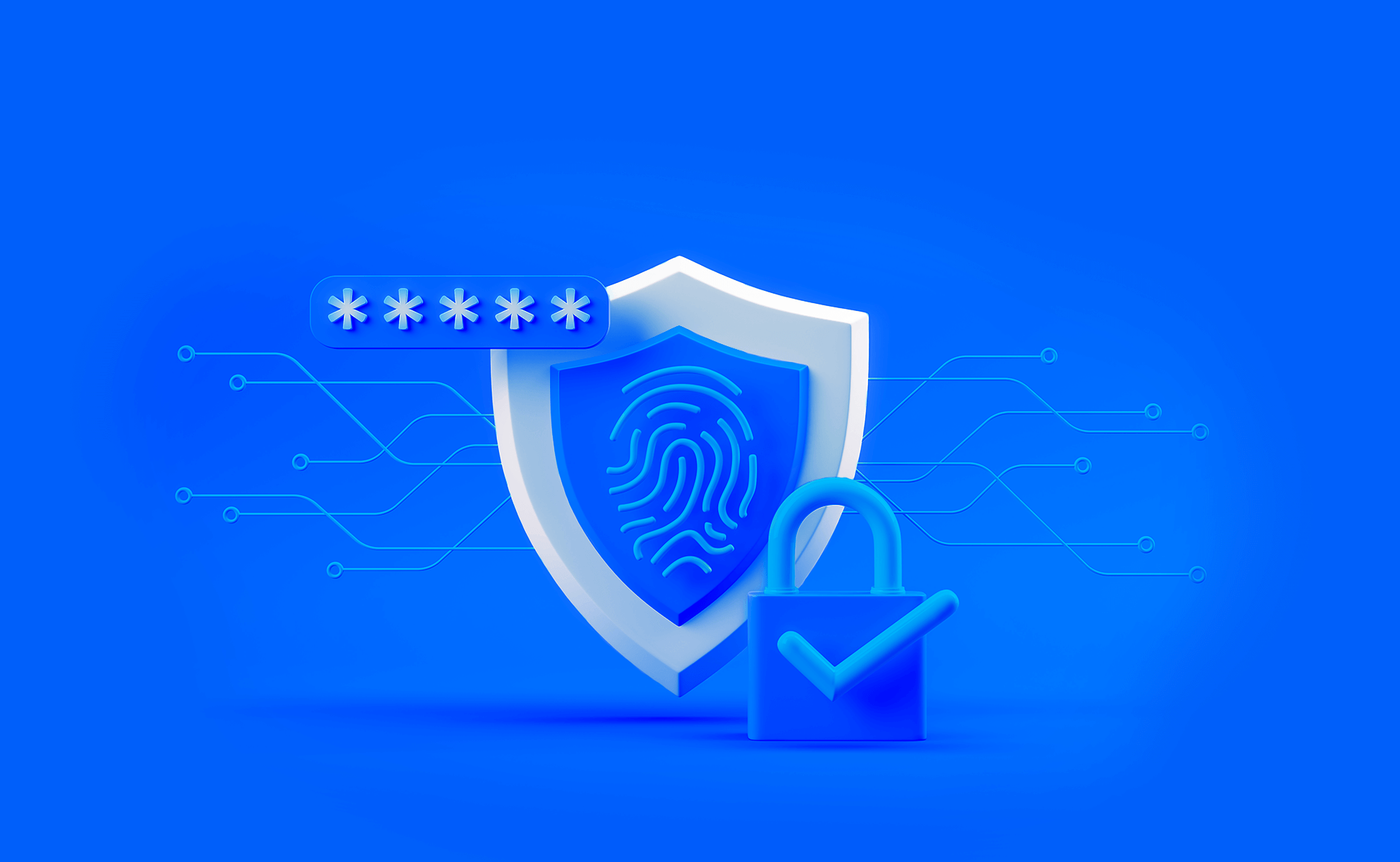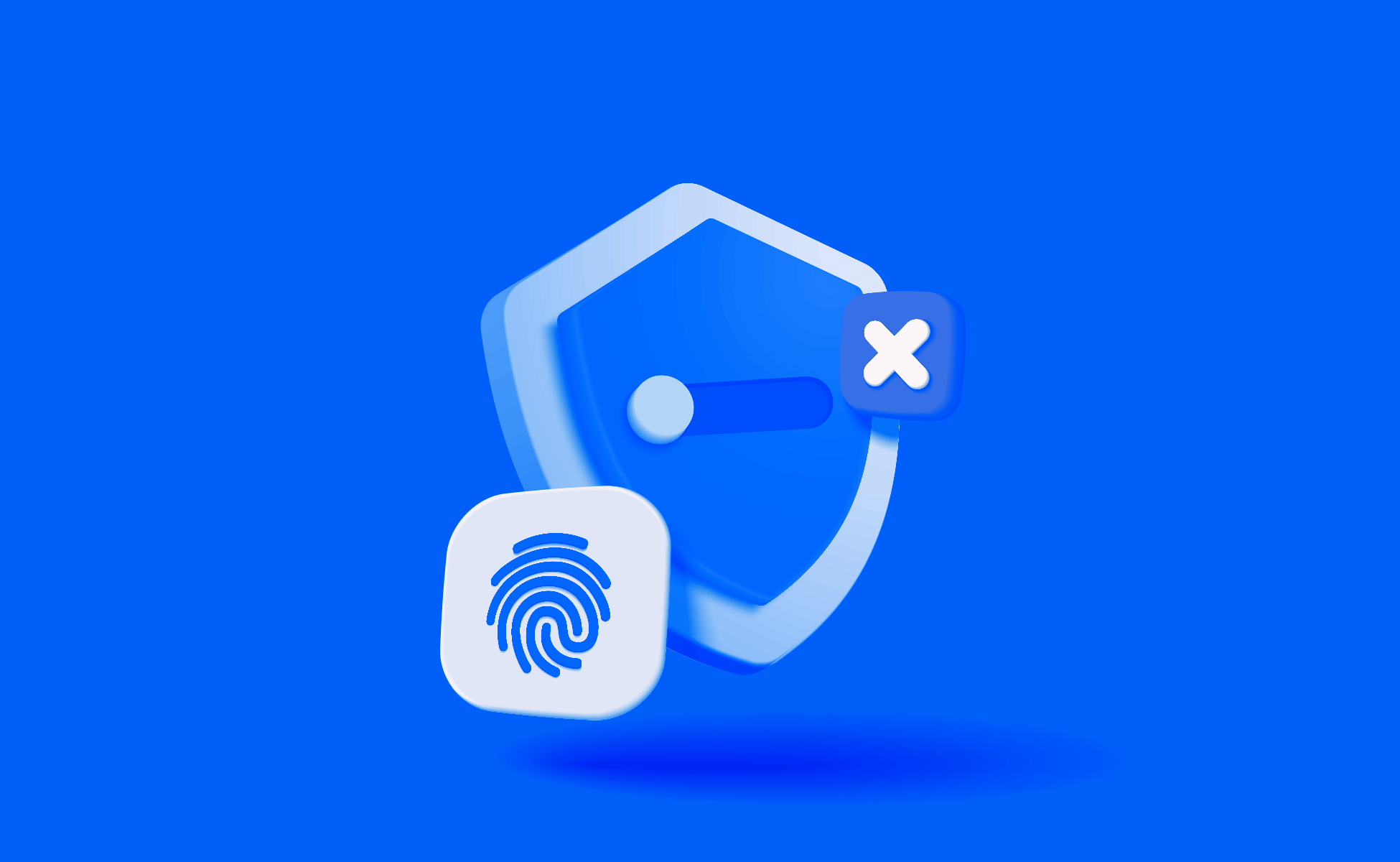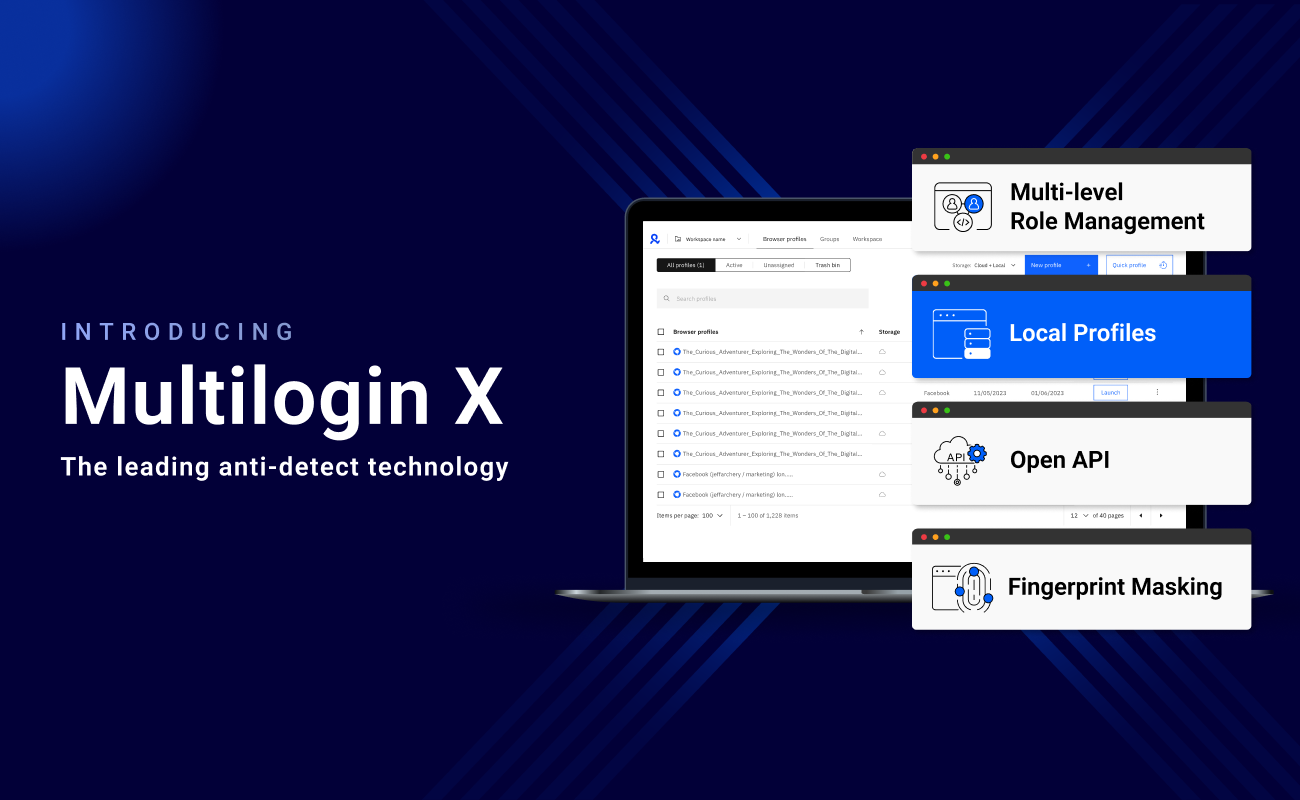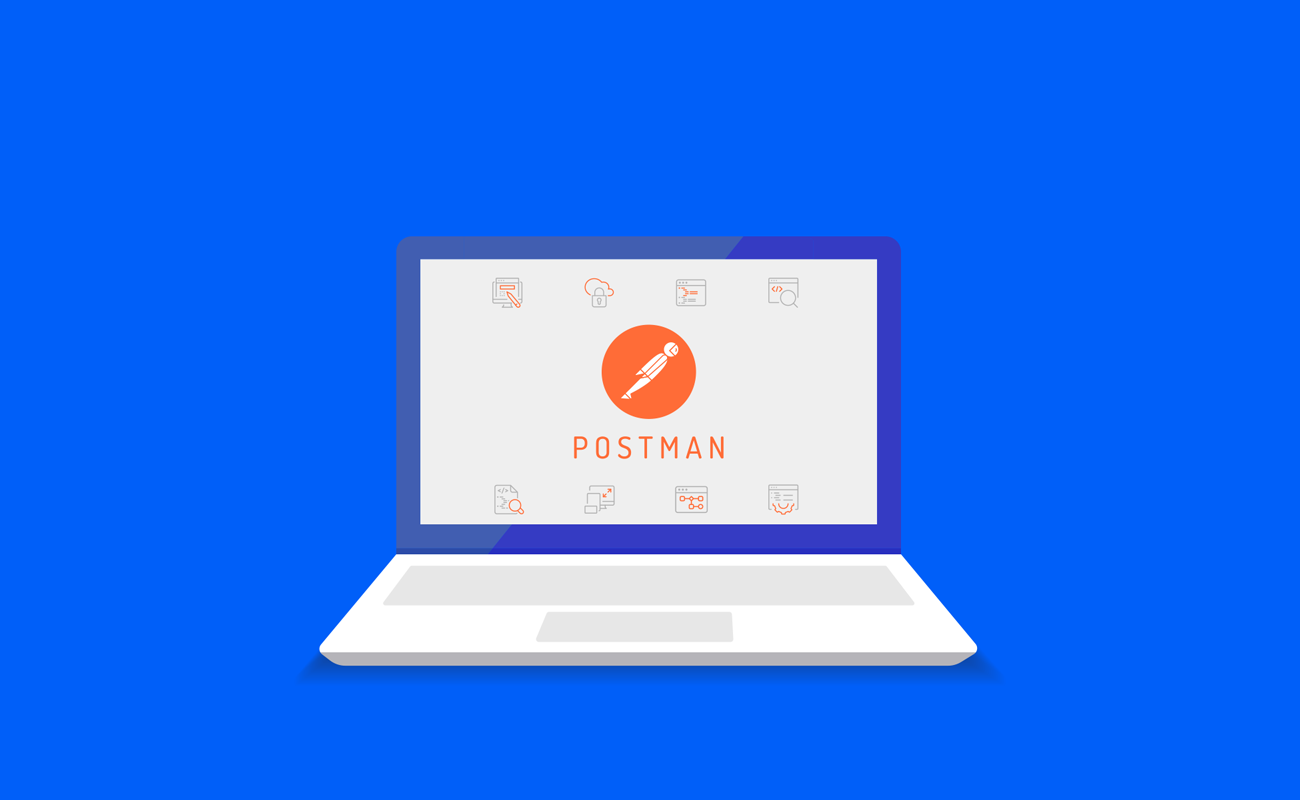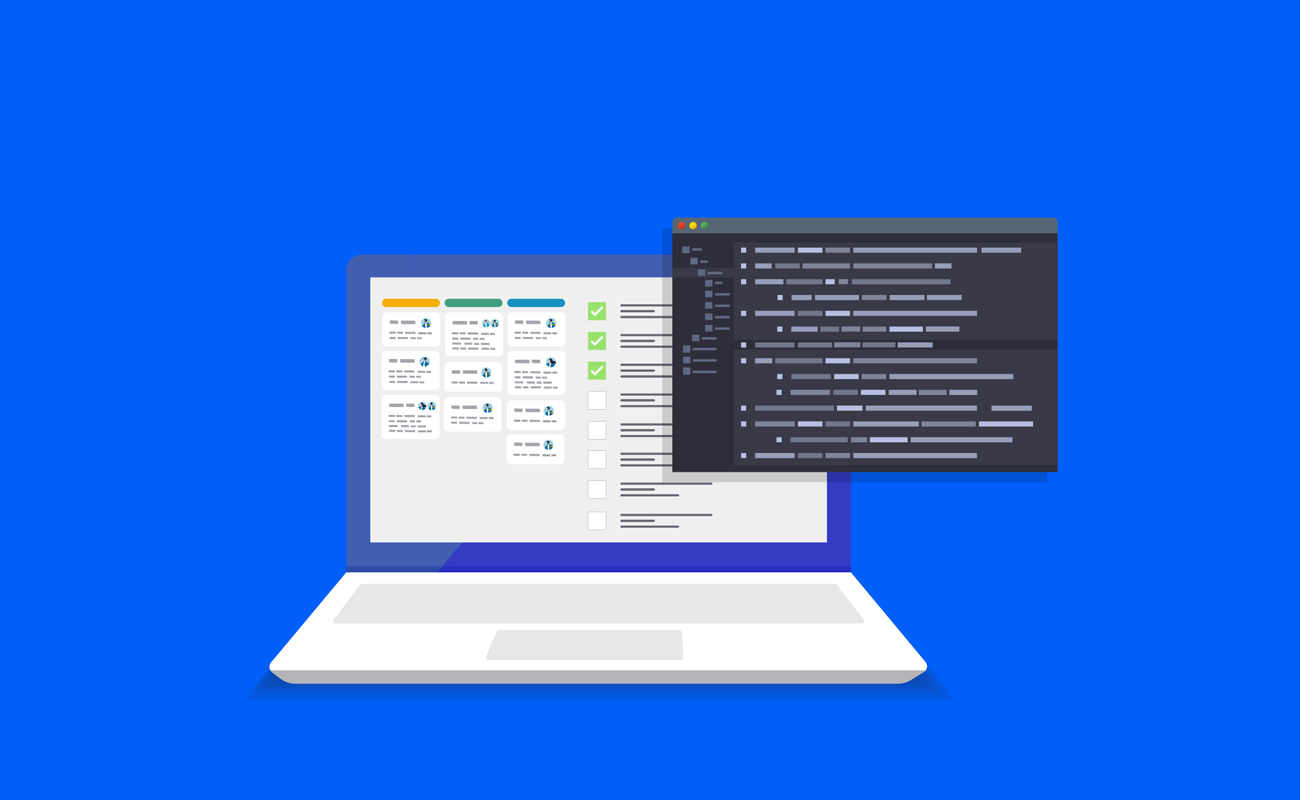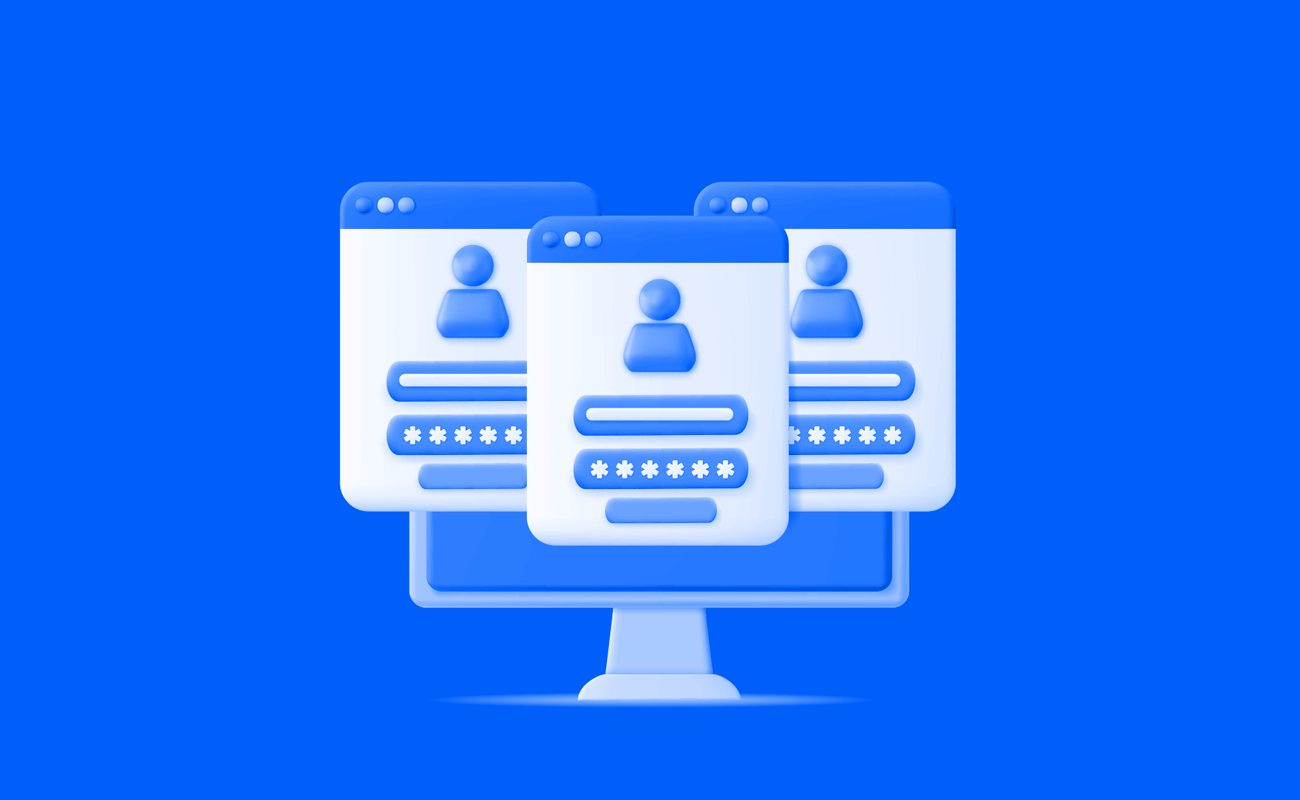
How to manage multiple social media accounts without bans
MARCH 20, 2023 | ACCOUNT MANAGEMENT
Managing multiple social media accounts is daunting, especially when you want to avoid getting banned. Social media platforms are enforcing stricter rules and regulations.
A single mistake can result in a permanent ban. This article will provide tips and tricks to manage multiple social media accounts without getting banned.
Where to start?
So, you want to rule the social media world but don't want to get banned? The first thing you need to do is take care of the platform's rules and regulations. It may sound dull, but trust us, it's essential!
By playing by the rules, you can build a loyal following, create a positive reputation, avoid the dreaded ban hammer, and manage multiple social media accounts.
You can start checking the below list for the main "do's and don'ts" not to get your social media accounts banned:
Read and understand the platform's terms of service and community guidelines.
Use only one account per platform unless you have a legitimate reason for having multiple accounts.
Avoid posting inappropriate, offensive, or copyrighted content.
Do not use bots or automation tools to like, comment, or follow other users.
Engage with your audience and respond to comments and messages promptly.
Do not spam your followers with excessive promotional or irrelevant content.
Do not impersonate someone else.
Use proper hashtags and keywords relevant to your content.
Do not buy followers or engage in any other fraudulent activity.
Be transparent about sponsored content and disclose any affiliations or partnerships.
Report any abusive or suspicious behavior to the platform's support team.
Individual Social Media Account Bans
Read and follow the social media platform's guidelines: Each platform has its own guidelines that users must follow. Before creating an account, read and understand the platform's policies to avoid violating them.
Use your real name and photo: Using a fake name or photo on social media violates most platforms' guidelines. Use your real name and a recent photo of yourself to avoid getting flagged for suspicious activity.
Post original content: Posting original content is a great way to avoid account bans. Platforms often flag accounts that post duplicate or copyrighted content, so make sure you post original content you have created.
Don't spam or engage in the suspicious activity: Spamming or engaging in suspicious activity, such as following and unfollowing accounts rapidly, can lead to account bans. Ensure you are using your account genuinely and organically to avoid getting flagged.
Follow the rules of the platform: Familiarize yourself with the platform’s guidelines and follow them. This is especially important if you are using multiple social media platforms, as each may have different rules and regulations you must adhere to. Be mindful of how you interact with other users: It is essential to be respectful when interacting with other users. Avoid using offensive language, which violates most platforms’ guidelines and could lead to account suspensions or bans.
Multiple Social Account Bans
Use an anti-detect browser. As mentioned, this is a great way to manage multiple accounts without getting caught. Anti-detect browsers make it difficult for social media platforms to detect suspicious activity. They allow users to access accounts from different IP addresses and locations.
Create original content for each account. Doing this will help prevent your accounts from being flagged for duplicate content. Ensure that each account has its own unique content. This can include different captions, images, and hashtags.
Create separate email addresses and phone numbers for each account. Doing this will help you avoid account bans. Using the same email address or phone number for multiple accounts can be banned. Ensure you use unique email addresses and phone numbers for each account you manage.
Do not log in to multiple accounts from the same device. This is a red flag for social media platforms. Use different devices to log in to each account to avoid getting flagged for suspicious activity.
Ad Account Bans
In addition to account bans, social media platforms can also ban your ad account. This can happen if you violate their ad policies or engage in suspicious activity. Here are some tips for avoiding ad account bans:
Read and follow the ad platform's policies: Each ad platform has its own policies that advertisers must follow. Ensure you read and understand the policies before creating an ad to avoid getting banned.
Use original content: Just like with individual accounts, using original content for your ads can help you avoid ad account bans. Make sure your ads do not violate any copyright laws.
Don't engage in click fraud: Click fraud, or clicking on your own ads to generate revenue, violates most ad platforms' policies. Don't engage in click fraud to avoid getting banned.
Use a reputable payment method: Using a reputable payment method for your ads can help you avoid getting banned. Ensure you use a payment method accepted by the ad platform and in good standing.
Keeping Your Accounts Active and Engaging
Social media platforms are designed to promote active and engaging content. Accounts that are not regularly updated or engaged can be seen as low-quality, leading to decreased visibility and engagement. Additionally, inactive accounts are more likely to attract spam and fraudulent activity, which can lead to account bans.
Creating a consistent posting schedule with promotional and value-driven content is necessary to maintain active and engaging accounts. Engage with your audience by responding to comments and messages, running polls or surveys, and initiating conversations around trending topics. Use social media analytics to track your engagement and adjust your strategy.
Keeping your social media accounts active and engaging can avoid account bans, grow your following, and increase brand awareness.
Using Different Devices and Browsers
Using different devices and browsers is essential for social media users to avoid account bans. When users access their social media accounts from the same device and browser frequently, it can create a fingerprint, making it easier for platforms to identify their accounts.
This fingerprint can also make it easier for hackers or spammers to target users. Therefore, switching up the device and browser used to access social media accounts is crucial.
However, doing this manually can be challenging and time-consuming, especially for individuals who manage multiple accounts or ad accounts. Manually switching devices and browsers can be a hassle, and it's easy to mix up accounts or forget which device was used for which version. It's also challenging to manage and keep track of all the different passwords and login information for each account.
This is where automation tools come in handy. Automation tools can switch up the devices and browsers used to access social media accounts automatically, ensuring that each account is accessed from a different device and browser every time. These tools can also help manage multiple accounts or ad accounts, keeping everything organized and easy to access.
Can VPN or Proxies Be A Solution To Manage Multiple Social Media Accounts?
Virtual Private Networks (VPNs) and proxies can be considered great tools for social media users to help avoid account bans. By masking the user's IP address, these tools claim to make it more difficult for social media platforms to detect and ban accounts.
In addition to helping users avoid account bans, VPNs and proxies can also provide access to social media platforms that may be restricted in specific geographic locations.
However, it is a risky move. If you get caught, your accounts could be banned AGAIN 🤦♀️
The problem with VPNs and proxies is that social media platforms can detect them. Platforms use advanced algorithms to detect when multiple accounts are managed from the same IP or location. This is a warning sign of suspicious activity. When a platform detects VPN or proxy use, it can immediately ban your account or accounts.
Ever Heard of Anti-Detect Browser Softwares?
That's where anti-detect browsers come in as the best solution. Anti-detect browsers offer a secure way to manage multiple accounts. They mask your online behavior, making it hard for social media platforms to spot suspicious activity.
Anti-detect browsers provide advanced security features. Furthermore, they offer tools to simulate human-like behavior. Examples of this behavior include mouse movements, clicks, and scrolling. This reduces the risk of bot-like activity detection.
Built-in tools are included to automatically clear cookies, cache, and browsing history. This ensures your online behavior remains consistent and reduces the risk of detection.
In comparison, VPNs and proxies must catch up regarding security and consistency. Anti-detect browsers offer advanced features.
How Anti-Detect Browsers Work?
Anti-detect browsers mask your online behavior to prevent social media platforms from detecting suspicious activity across multiple accounts. Let's break it down.
First, anti-detect browsers use unique fingerprints and cookies that differ from traditional web browsers. Social media platforms have difficulty tracking your online behavior and connecting multiple accounts to one user due to fingerprints and cookies.
Second, anti-detect browsers allow you to use multiple proxies and VPNs simultaneously. This allows you to use social media from various IP addresses and locations. This makes it difficult for the platforms to detect suspicious activity.
Third, anti-detect browsers provide tools to simulate human-like behavior, such as mouse movements, clicks, and scrolling. These tools make it harder for social media platforms to detect bot-like activity and reduce the risk of account bans.
But wait, there's more! Anti-detect browsers also have built-in tools to clear cookies, cache, and browsing history automatically. This ensures that your online behavior remains consistent and minimizes the risk of detection.
Checklist To Consider When Selecting An Anti-Detect Browser:
Compatibility: Make sure the anti-detect browser is compatible with your operating system.
User-Friendly Interface: A user-friendly interface ensures ease of use and helps avoid mistakes.
Advanced Fingerprinting Prevention: Ensure the anti-detect browser can prevent advanced fingerprinting techniques.
Multi-Login: A good anti-detect browser should allow you to log in to multiple accounts simultaneously.
Multiple Browser Profiles: Look for an anti-detect browser that can create multiple browser profiles to avoid cross-contamination of cookies.
Geolocation Control: It should be able to control geolocation and language settings.
Anti-Captcha System: The anti-detect browser should have an anti-captcha system to avoid detection.
Browser Emulation: The anti-detect browser should be able to emulate different browsers to avoid detection.
Regular updates ensure that the anti-detect browser stays up-to-date with new detection techniques.
Customer Support: Ensure the anti-detect browser has reliable customer support to address any issues.
